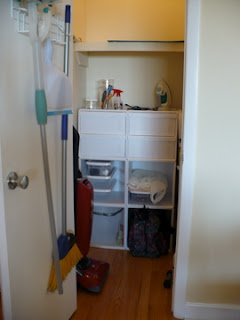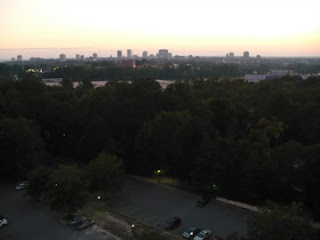I looked at the December challenge and thought, "Well, I can always buy something for the 'Toys for Tots' campaign." I could say I addressed generosity and be done with it, leaving me only the November challenge to catch up on before the end of the year. But I jettisoned any thought of spending money on non-essentials since my husband lost his job two weeks go and probably will not find employment again until well after the presidential inauguration.
Needless to say, it's not been the happiest of holidays around here. But I've forged ahead on some projects I dragged out of my stash. With apologies to my Tulsa sister, I have my "hairy" sweater almost done. My sister hates sweaters that have eyelash fibers, glitter, and other thingies hanging off of them. I, on the other hand, love them. So, I started the Concerto sweater I blogged about briefly on November 23, and now it's substantially done. I just have to sew the sweater pieces together and finish the edges. (Okay, I can hear some of you laughing, given my November posts, but really, I do plan to get it sewn up by the end of next week.)
I've also been busy with other craft-related activities. This is the time of year I always want to clean my house and change the decor around. Starting the new year with an orderly living space has always been a sort of tradition with me, and in the last couple of days, I've been occupied with a sort out and throw away. I actually can see my work tables, I have found some UFOs that got buried under new projects, and I have been reminded of projects not yet undertaken but for which I once held a great desire to do. The latter was like meeting up unexpectedly with an old friend - we got reacquainted, paused for a few minutes to reminisce, and parted with promises to do it again soon.
Which led me to thinking: When will I have time to do some of these formerly-buried projects? How do I see 2009 shaping up for craft projects? So, I am off to ponder my goals for next year in light of the materials I have on hand, the projects that arose from the dead, Sharon's plans for the 2009 challenge, and the time constraints I face given that I'll be working full-time for the foreseeable future.


















































